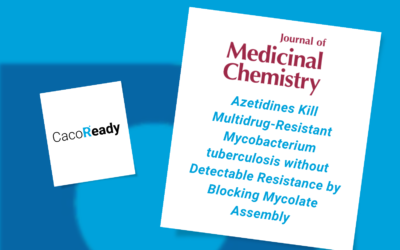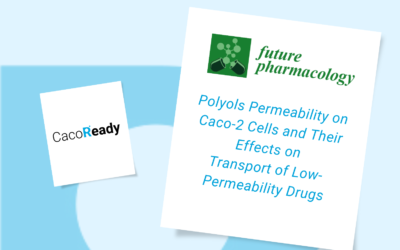In vitro mammalian cells, such as Caco-2 or MDCKII, are widely used in scientific research and drug discovery since they provide an infinite source of reliable testing conditions for experimental purposes previous to in vivo testing. Globalization has made it common to transport such cells in long distances shipments across other continents.
Globalization of scientific research through long-distance cell shipments
Cells are usually transported using low-temperature storage techniques, mainly cryovials on dry ice or in a liquid nitrogen vapor shipping vessel between different places at long distances. The hazardous nature of dry ice and liquid nitrogen and the associated high shipping cost pointedly limit their daily routine. Additionally, it is essential to consider that frozen-cell recovery techniques are complex.
Researchers have been seeking alternative long-distance transportation methods, like shipping cells in flasks filled with complete growth medium at ambient temperature. However, cell survival is compromised for shipments over 24 hours, relegating the method only to be used for local deliveries.
To create adequate long-term shipment conditions, ReadyCell researchers have developed a gel-like cell culture medium that allows the transportation of in vitro cells using environmental conditions and standard shipping procedures, reducing shipment costs and easing logistic processes.
ReadyCell’s Shipping Medium consists of a semi-solid culture system particularly designed to preserve cells at room temperature (15-25ºC). The medium maintains a suitable physicochemical environment, keeping adequate moisture conditions for cellular homeostasis and forming a protective cushion that protects cell integrity and functionality during long-distance shipments and up to seven days. This is then easily liquified at 37ºC before continuing with your assay, using the cells as freshly isolated.
Can the Shipping Medium preserve cell function during transit effectively?
To assess this, experiments were conducted to compare cell function pre and post-shipping medium using various metrics, including TEER (Trans-epithelial Electrical Resistance), Papp LY, and Paracellular Flux LY measurements.
TEER measurements were utilized to assess the barrier properties of epithelial cell monolayers, a critical characteristic for many research applications. Remarkably, the TEER values of cells shipped in ReadyCell’s Shipping Medium® were comparable to those recorded before shipping. This result implies that the shipping medium maintained the functional integrity of epithelial cell barriers during the handling, ensuring that the cells remain suitable for further experimentation upon arrival.

Similarly, LY measurements were employed to evaluate the integrity of cell membranes. The results indicated that cells shipped using ReadyCell’s Shipping Medium® exhibited similar LY values compared to their pre-shipment state. This finding suggests that this effectively protected the cells from significant membrane damage during transit, thereby preserving their structural integrity.

This patented novel approach allows researchers to exchange cells worldwide in optimal conditions and minimal time, optimizing scientific research. In case you need more specialized information about our Shipping Medium®, contact us through our form or at reagents@readycell.com
References
- Yang, Lingzhi, et al. “An agarose-gel based method for transporting cell lines.” Current chemical genomics 3 (2009): 50.
- Wang, Junjian, et al. “Transporting cells in semi-solid gel condition and at ambient temperature.” PloS one 10.6 (2015).
- Shipping Medium® Technical File. ReadyCell. 2015
- Fabre, Myriam, et al. “Method of storing and/or transporting in vitro cell cultures.” U.S. Patent No. 8,900,842. 2 Dec. 2014.





